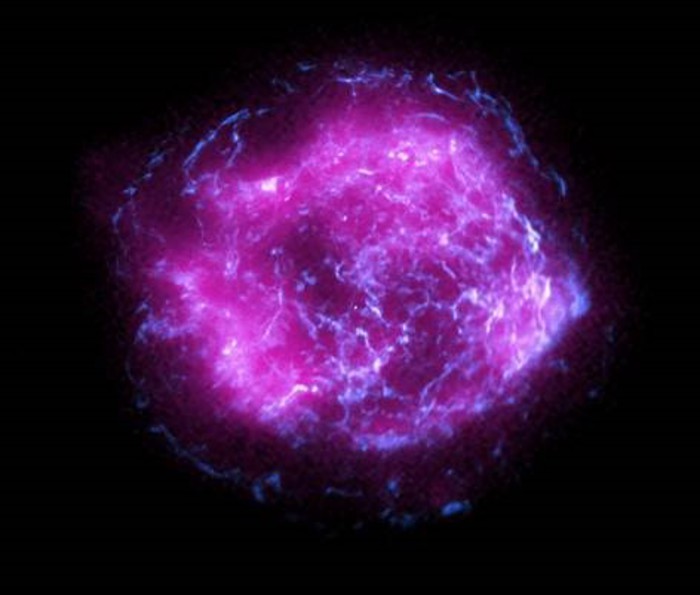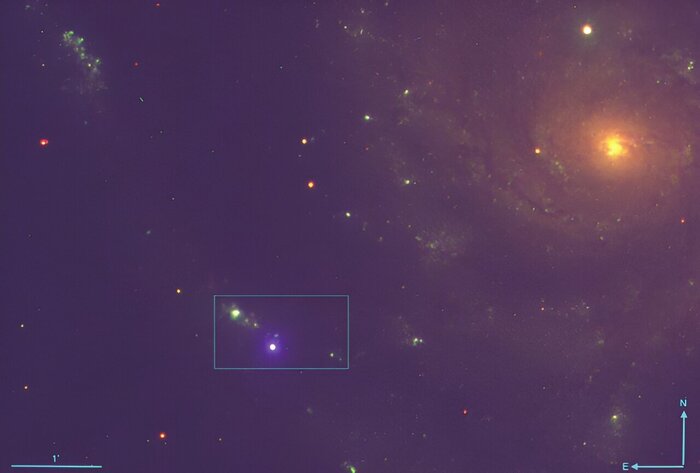The first image captured by the Ixpe space telescope is spectacular, the result of a joint mission between NASA and the Italian Space Agency (ASI), with the participation of the National Institute of Astrophysics (Inaf) and the National Institute of Nuclear Physics (Infn).
Designed to study the most extreme phenomena in the universe, the telescope focused its X-ray eyes on Cassiopeia A, a celestial object made up of the remains of a star that exploded in the 17th century.
Launched on December 9, 2021, the Ixpe (Imaging X-Ray Polarimetry Explorer) telescope has completed the testing phase of its instruments and is now operational.
Its three telescopes have ASI-funded detectors developed by Infn and Inaf researchers.
Cassiopeia A has been observed in the past by other telescopes and is a sort of test bed for how Ixpe allows us to examine cosmic objects born from violent events in a new way.
Its X-ray view, for example, allows you to observe the luminous cloud that formed after the shock waves of the explosion swept away the surrounding gas, heating it to high temperatures and accelerating the particles;
they create a cloud which, when observed under X-rays, appears very bright.
The first X-ray space telescope to show that the cloud was hiding a compact object was Chandra, launched in 1999 by NASA.
Now the two telescopes will be able to work in a complementary way to discover the nature of the object, for example if it is a black hole or a neutron star.
"The image of Cassiopeia A captured by Ixpe is as historic as the image of the supernova remnant itself captured by Chandra," said Ixpe chief scientist Martin C. Weisskopf of NASA's Marshall Space Flight Center.
"It demonstrates - he added - the ability of Ixpe to obtain information never seen before on Cassiopeia A".
For Imma Donnarumma, scientific director of the project for ASI, “the observations of Cassiopea A's Ixpe highlight the unique capabilities of the polarimeters on board the Ixpe and open a new window on the X-ray Universe”.






/cloudfront-eu-central-1.images.arcpublishing.com/prisa/TQ73US57UFGWTIXR7C3BS2OTIA.jpg)
